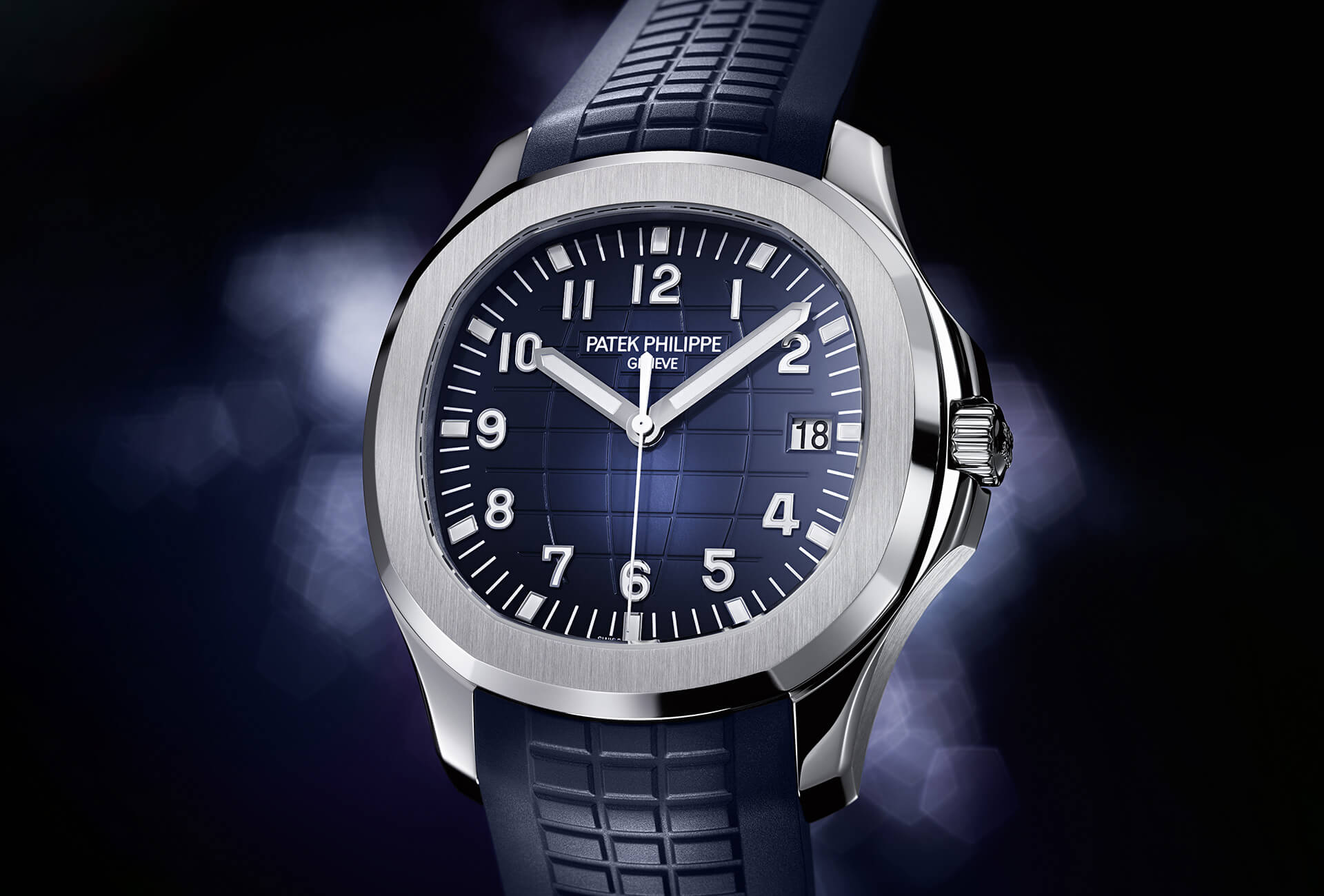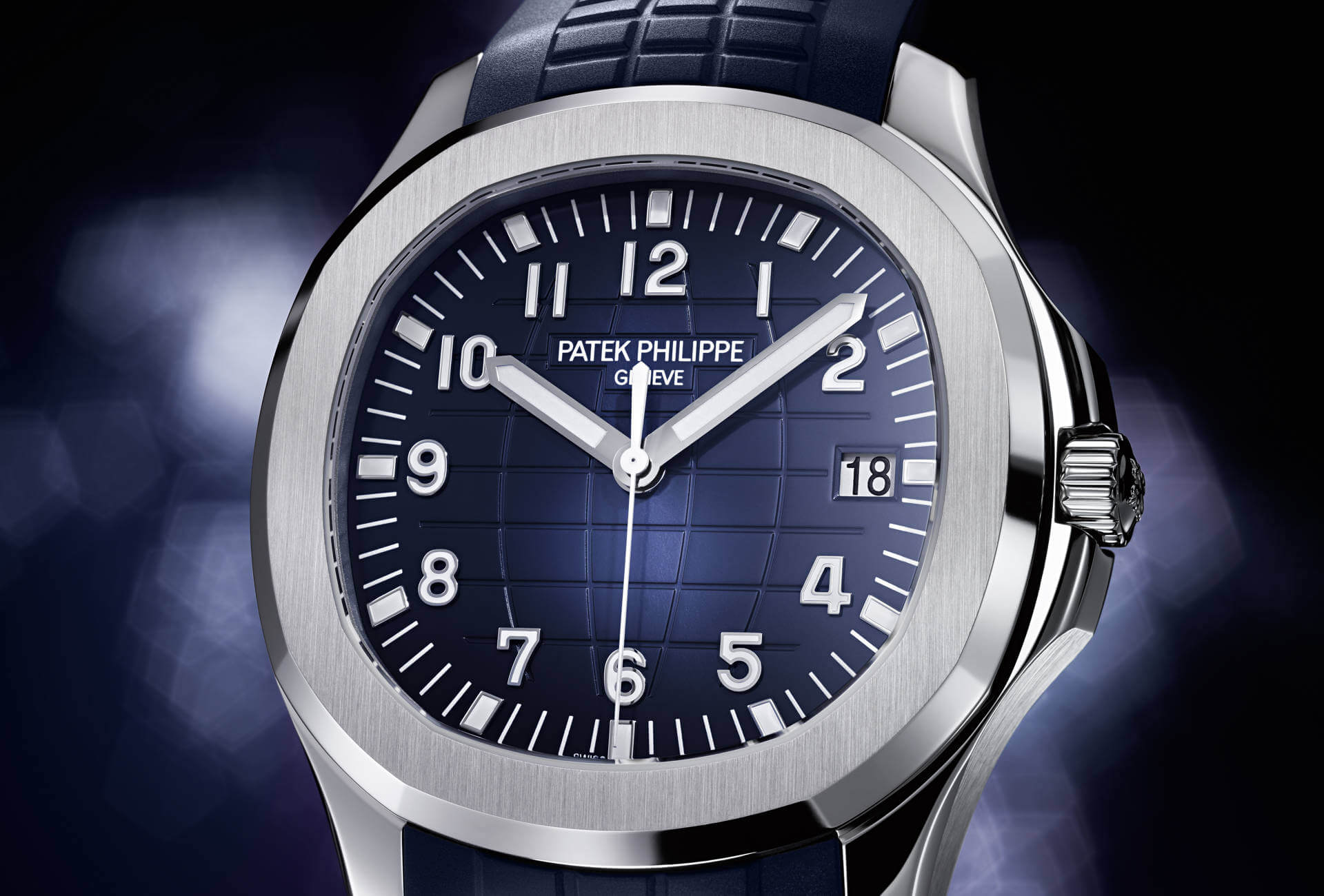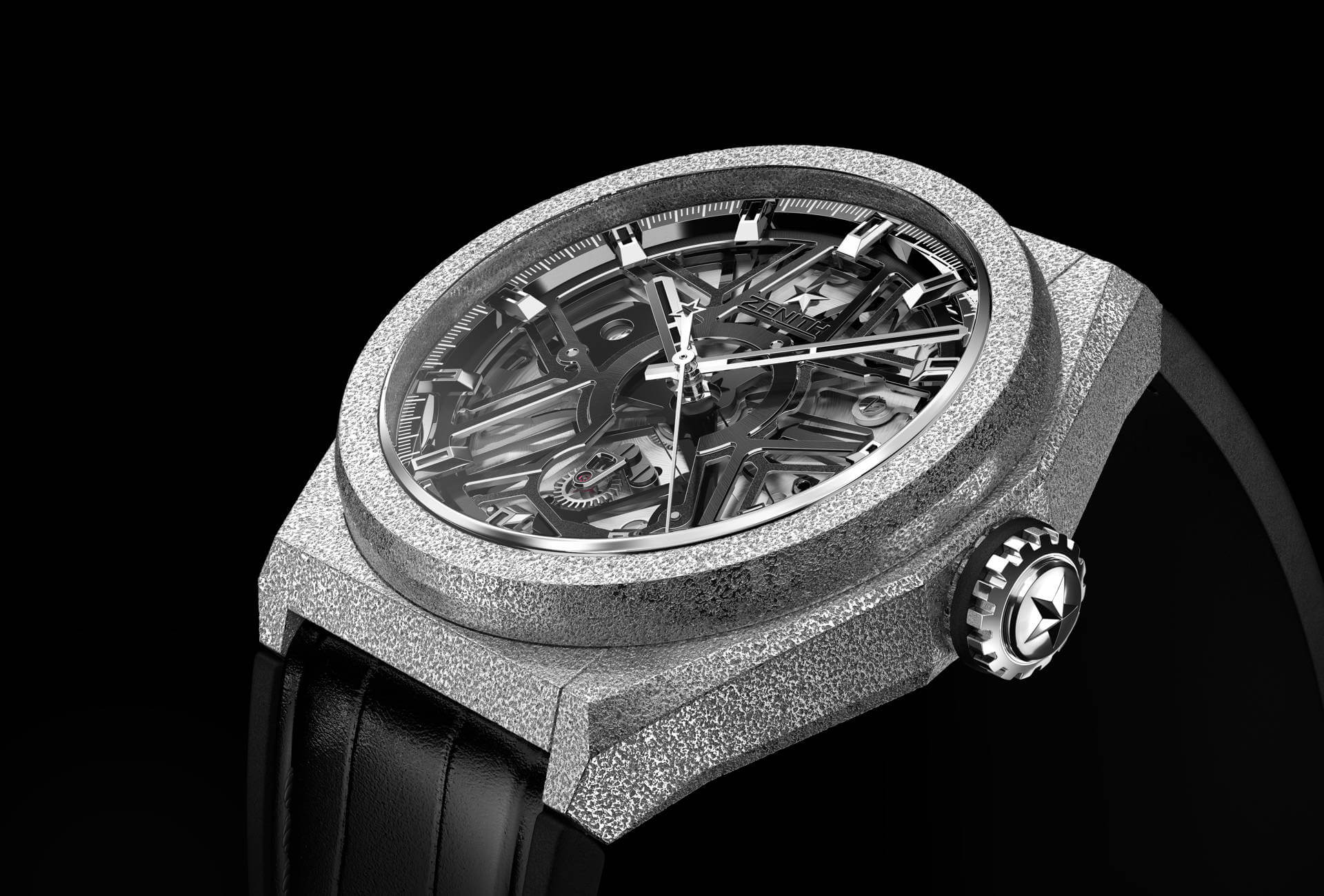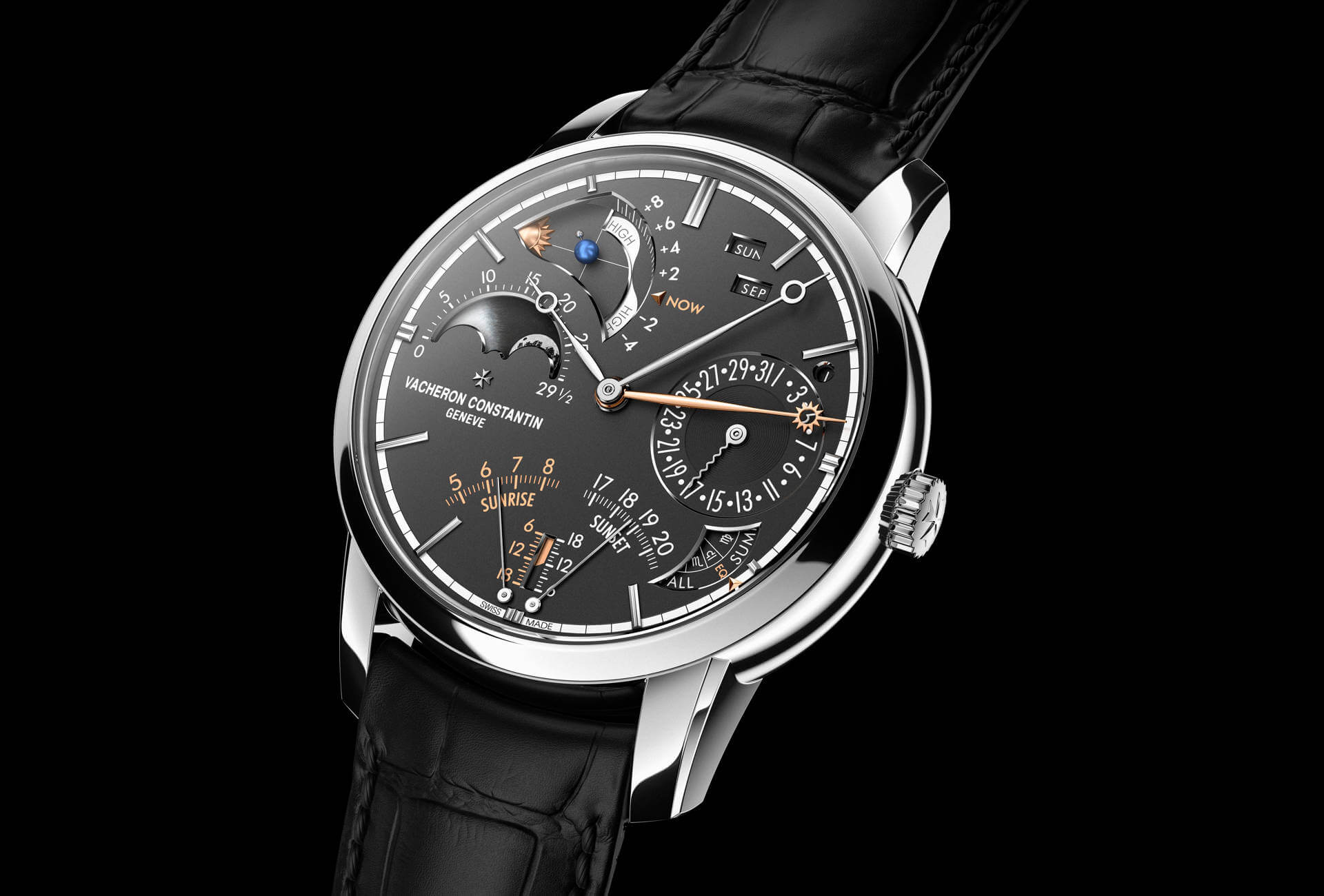Without doubt the most spectacular world’s-first of the year, Zenith’s oscillator reinvents the basic principle of a mechanical movement, namely the sprung balance which Christiaan Huygens invented in the 17th century. Zenith’s oscillator is a single piece, compared to the thirty-some components that go into a conventional regulating organ. It is made from monocrystalline silicon and requires no assembly or lubrication: no more friction, no more wear. It beats at a frequency of 15 Hz (108,000 vph) – three times faster than the El Primero movement with 10% more power reserve. It is incomparably accurate, and remains so regardless of variations in temperature, gravity or magnetic fields. This feat of technology is visible through the skeleton dial of the Defy Lab, ten of which were made – each different – and offered to collectors.
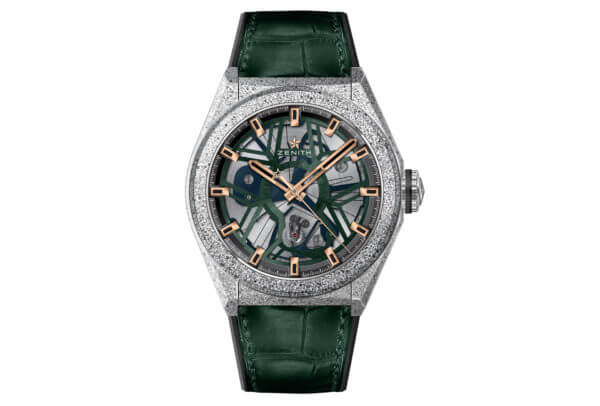
New materials and other stars
Zenith’s Defy Lab is also the first watch whose case is manufactured from Aeronith, an aluminium composite that is 2.7 times lighter than titanium, 1.7 times lighter than aluminium and lighter even than carbon fibre. Specifically, it is an open-pore metal foam made solid through the addition of a special polymer that is resistant to ultra-violet rays. The resulting material is highly resistant to corrosion as well as anti-allergenic. Over at Richard Mille, the year’s major innovation was the use of Graphene for the RM 50-03 McLaren F1, the world’s lightest mechanical chronograph, which barely tips the scales at under 40 grams. This revolutionary nano-material, also known as Graph TPT, is a new iteration of TPT carbon with titanium. Six times less dense yet 200 times stronger than steel, it is injected into the RM 50-03’s case and bracelet. Roger Dubuis introduced the watch world to cobalt-chrome, produced using MicroMelt technology. This 100% biocompatible, corrosion-resistant, highly durable and remarkably shiny alloy is used for the case, bezel, caseback and crown of the Excalibur Quatuor. As for IWC, it celebrated the Aquatimer’s 50th anniversary with a Perpetual Calendar Digital Date-Month cloaked in Cerantanium – a material as light and unbreakable as titanium, and as hard and scratch-resistant as ceramic.
The Cabinotiers Celestia Astronomical Grand Complication 3600 wristwatch features 23 complications, for the most part astronomical, displayed front and back.
The Les Cabinotiers Celestia Astronomical Grand Complication 3600 wristwatch by Vacheron Constantin carries on from Reference 57260, the most complicated pocket watch in the world with its 57 complications. It features 23 complications, for the most part astronomical, displayed front and back. This unique piece indicates civil, solar and sidereal time as well as – a rarity in a wristwatch – a running equation of time. This function, which marks the difference between mean civil time and true solar time by way of two separate minute hands, is also a feature of the Marine Equation Marchante 5887 by Breguet. Combined with a perpetual calendar, it is driven by a special cam which is carried by a sapphire disc on the dial. Greubel Forsey proposes another equation of time and perpetual calendar combination in the Quantième Perpétuel à Equation, which contains the brand’s seventh invention: the Computeur Mécanique. Here, the equation of time takes a more classical appearance. Read from a graduated sector on the back of the watch, it combines on the front with displays of the months, seasons, solstices, equinoxes, and the four-digit year on the back. Astronomical functions, again including an equation of time, return on the Récital 20 Astérium from Bovet, although its most striking feature is probably the dome of translucent blue quartz where the stars and constellations are mapped out with remarkable precision.
Anniversaries and art
In 2017, Van Cleef & Arpels went a stage further in the development of its Poetic Complications when it revealed the Lady Arpels Papillon Automate. An automaton module causes the wings of a sculpted butterfly to randomly beat against a sumptuous Enchanted Nature backdrop. MB&F teamed up with the talented Olivier Kuhn to bring to life the crew steering its HM6 Alien Nation. Six micro-sculptures in white gold are the aliens going about their duties on this transparent spacecraft. No less impressive is the remarkably elegant Première Camélia Skeleton from Chanel. Its Calibre 2, the brand’s second exclusive movement, traces the camellia’s contours inside an octagonal case, inspired by the outline of Place Vendôme in Paris.
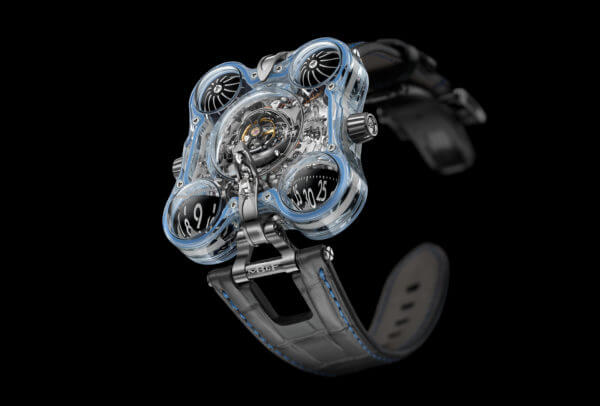
IWC wasn’t alone in celebrating an anniversary last year. Patek Philippe raised a glass to the 20th anniversary of the Aquanaut while Piaget toasted the Altiplano’s 60 years. The anniversary Aquanaut, Reference 5168G, is the first to be crafted from white gold rather than steel. It also lives up to its nickname of “Jumbo” with a larger 42mm diameter. The dial is a distinctive blue colour, becoming darker towards the edges, and there is a blue strap to match. Piaget marked six decades of its famous extra-thin watch by extending the collection: neo-classical models with an historic blue dial, others with gradient coloured dials in pink, midnight blue, slate grey or forest green, and yet more with hardstone dials. And of course the Altiplano Tourbillon High Jewellery; the first in the collection with a tourbillon movement.








